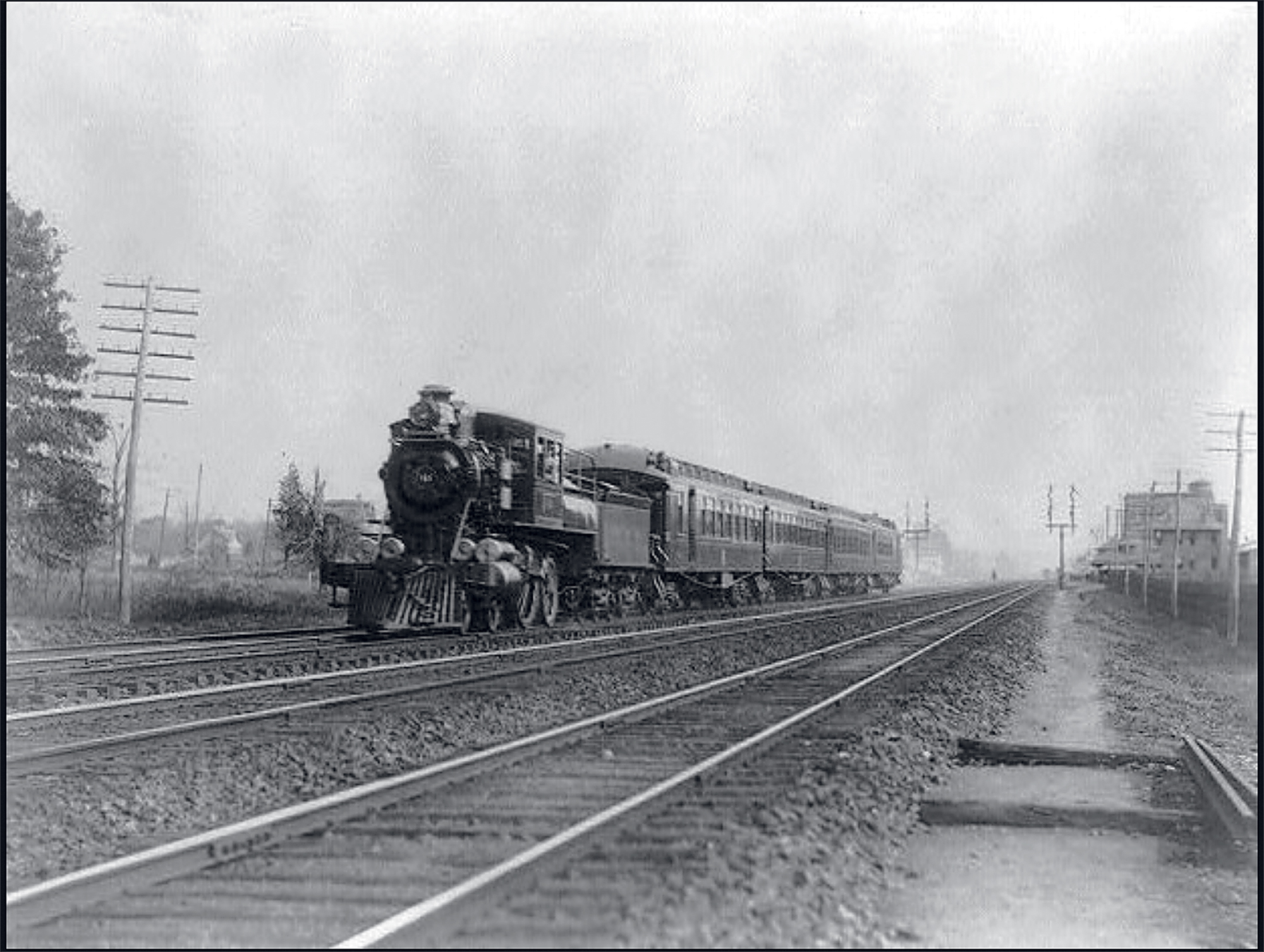To read more from the DC insider’s guide to the Acela, click here.
Before speed came luxury. Beginning in 1882, Washington VIPs got to New York on the Congressional, a Pennsylvania Railroad train with red-white-and-blue-upholstered parlors that ads bragged were more like a “salon of Louis XIV.” An even nicer ride arrived in 1890 with the Baltimore & Ohio Railroad’s Royal Blue. It featured menus by French-trained chefs, if not direct access to Manhattan—the train stopped in Jersey City, and passengers were then ferried across the Hudson River.
Six decades later, the Space Age had dawned, Japan had a 130-mph train, and America wanted one, too. In 1969, Penn Central launched the Metroliner, a 90-mph train that cut the DC-to–New York trip down from four hours to less than three. It was a start . . . but a slow one. The high-speed Northeast Corridor line wasn’t completed for another two decades, by which time the US’s ailing private operators had given way to Amtrak. The federally funded company’s first Acela—so called to connote “acceleration” and “excellence” but that the Boston Herald said sounded rather like an obscure lettuce—ran on November 16, 2000. The trip took two hours and 26 minutes and was greeted at Penn Station by then–New York governor George Pataki, former Mets first baseman Keith Hernandez, and Dr. Ruth. (Who knew the sex therapist is a train enthusiast?)
There’s nothing fancy about the Acela, but with wi-fi, speeds of up to 135 mph (150 mph if you’re going to Boston), and the convenience of arriving in the center of town, it’s still the preferable route to Manhattan for Washington VIPs. By 2021, when French-made trains replace the original fleet, the ride will be swankier, if not exactly cutting-edge. The new Acela is expected to top out at 160 mph. (Meanwhile, Japan’s trains now cruise at 200 mph.) Will we ever catch up? Congress periodically threatens to cut Amtrak off. That would be bad for train buffs, but as one of the only profitable parts of Amtrak’s network, the Acela would likely remain intact. It might just be a century, rather than a couple of decades, before sweller service comes along.
This article appeared in the March 2018 issue of Washingtonian.




















